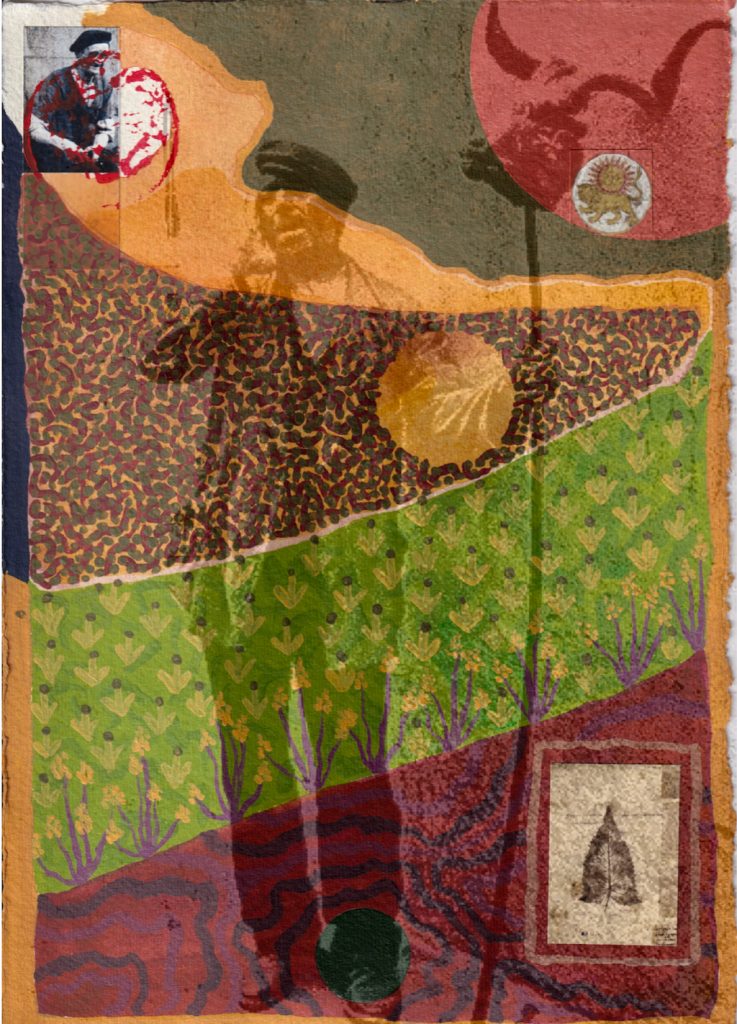
‘How can we work with, and accept, the dystopic element – that bit of ugliness that’s needed to make something beautiful? Do we need to keep it always in process, rather than something to arrive at’?
UB
The poet Kathleen Raine’s mother lovingly wrote down her childhood poems and, in doing so, confirmed her daughter’s sense of specialness. My mother returned my letters home from boarding school with my terrible spelling corrected. We each make what we can of our inheritances. I count myself deeply fortunate to have escaped the horrors my mother witnessed working as a front-line interpreter between the Red Cross and the allied army at the end of the war. The horrors Hecht faces down, poem by poem, in The Hard Hours. Horror always hovers around us, but I try to keep my thoughts from dwelling on it. From a young African girl’s account of her older sister being gang-raped until she died. From the screen image of a distraught Ukrainian woman desperate not to leave the body of her husband, killed by a Russian missile. And from the creeping fear of the loss of my loved ones, and of our daughter’s future after our deaths.
Those of us who work with images in whatever way seem to live between multiple worlds and need to keep them all close. Robert Duncan writes: ‘So while you are imagining, you can’t believe or disbelieve. They aren’t in the same system at all…’, (Opening the Dreamway in the Psyche of Robert Duncan Spring 59, 1996 p. 4),while Naomi Shihab Nye says of a “big” life, that it could be wide or deep, hold endless possibilities but be unconcerned with “better”, be interested and wears ‘questions easily’, never thinking ‘for one second it was the only life’. (Tender Spot: Selected Poems p. 11). The sociologist John Law says of the “one-world world” that it gives itself the right to ingest all other understandings of the world and, in doing so, make its own understanding absolute, exclusive, without any possibility of an alternative. Is any mindset that’s wholly convinced of its own “truth” a one-world world?The painter Morris Graves and the composer John Cage saw a convergence between the worlds of Dada and Zen Buddhism. Graves’ “mystical” art was informed by the Zen teachings he studied and have been described as a vehicle in his quest for spiritual enlightenment and desire to reach higher stages of consciousness. John Cage, however, qualified this by relating Graves’ attitude to that of the Northwest Indians. People for whom transcendent experience is given to those who identify with the “outside, where the world itself is the goal, this moment eternal.